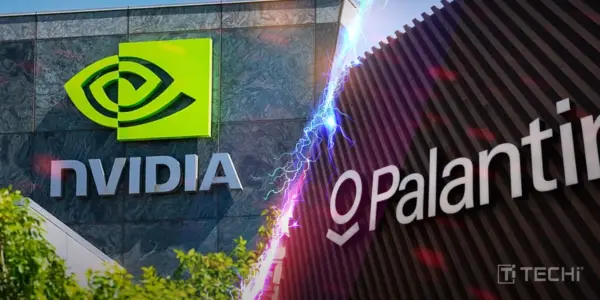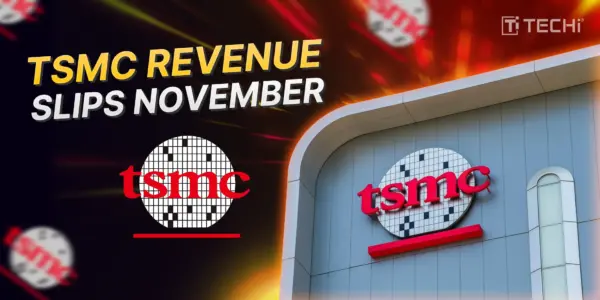The days of “focus on what you’re good at” are behind us. It’s no longer adequate for businesses to stay isolated and let technology get built around them. They want to get involved.
Starbucks, for example, is in the business of coffee, but that didn’t stop them from investing $25 million in Square, a mobile payment company. Will it help them make better coffee? No. Will it potentially improve their bottom line by streamlining the way that many customers will be able to buy their coffee at 7,000 US stores? Maybe.
Partnerships and agreements are not always enough, though. In the past, there would have been a simple agreement put in place that was mutually beneficial to both companies. Today’s startup environment demands more and Starbucks opened their wallets in hopes of turning a profit, but more importantly they hope to help the company continue to innovate. That’s where much of venture capital is heading today.
According to an article in The New York Times:
The market for start-ups has also dimmed, in the wake of the sharp stock declines of Facebook, Zynga and Groupon, the once high-flying threesome that was supposed to lead the next Internet boom.
But unlike traditional venture capitalists, multinationals are less interested in profits. They are here to buy innovation — or at least get a peek at the next wave of emerging technologies. That’s the key: buying innovations. Over the years, Apple mastered the art of investing in the smaller companies that could eventually innovate their way to greatness. They invested in companies that made glass, plastic, and even energy conservation companies in the hopes of getting in on the innovations that would affect their products before they became open to the public (and competitors). Other companies are doing the same.
General Motors, American Express, and Pepsi are all on the list of major companies that are turning their attentions to Silicon Valley. AmEx just opened a venture capital office in Facebook’s former headquarters in Palo Alto. They aren’t necessarily looking to make money on the innovations. They just want to get first peek.
“We invest with the idea that we’re a potential customer for a company,” Jon Lauckner, General Motors’ chief technology officer said. “We’re not looking to make several $5 million investments and make $10 million on each. That would be nice, but it’s not important.”
This is a potential win-win for everyone involved. The bubble in Silicon Valley, whether real or perceived, has held much of the big money back from getting in on startups because the risks have proven to be too high in the last couple of years. The money tightened up in 2008, started flowing freely in 2010, and has tightened up again. The success stories are outnumbered by the debacles. When innovation is the goal instead of sheer profits, the opportunities start to open up again.
“It’s trying to bring consumers and merchants together in meaningful ways,” said Harshul Sanghi, managing partner at American Express Ventures. “And we’re always trying to find new ways to build value for our merchant and consumer network.”
This may just be the lifeline that Silicon Valley needs.
* * *
“Venture Capital” image courtesy of Shutterstock.




